Whitewater Classification System – Know Your Rivers
If you’re a keen paddler, you’ll know all about whitewater rapids. As the name suggests, this is where you paddle on the water that isn’t totally still, which makes it more exciting, dangerous and allows you to develop your paddling skills and balance.
To ensure are paddling at the correct difficulty level, there is a whitewater classification system for rapids.
You don’t need to be an experienced paddler to try rapids, but you’ll need to make sure you’ve found the correct one so you don’t either capsize or get caught in water that’s much slower and calmer than you’ve anticipated.
As a general rule, the higher the number the more difficult and exciting the water will be, with higher numbers having more obstacles and currents.Let’s look at the different whitewater classification system levels and discuss what they mean.
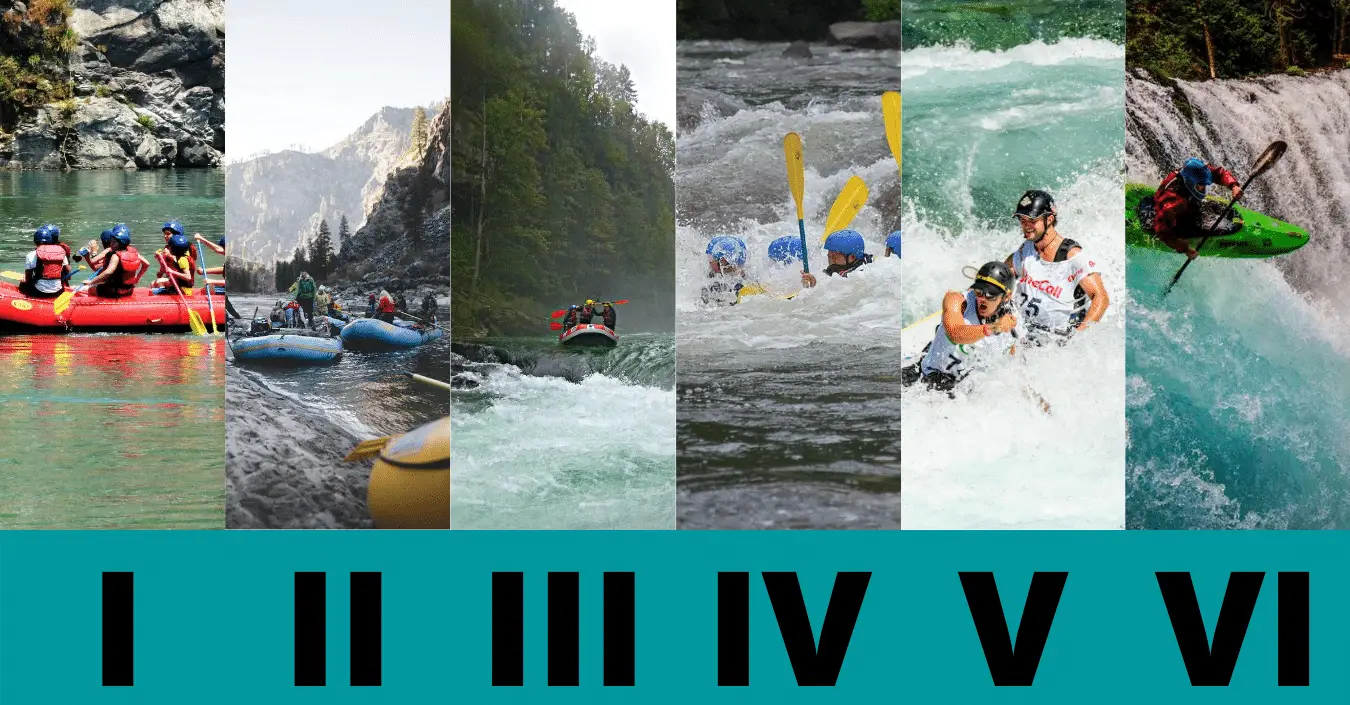
Class I
This is the beginner level. Even if you’ve never been paddling before you’ll be able to do this, and take your kids too.
There will be almost no obstacles or currents and only small waves, so the only thing you’ll need to be able to do is paddle forwards, backward and turn, which can be easily taught by a qualified instructor at a water sports center.
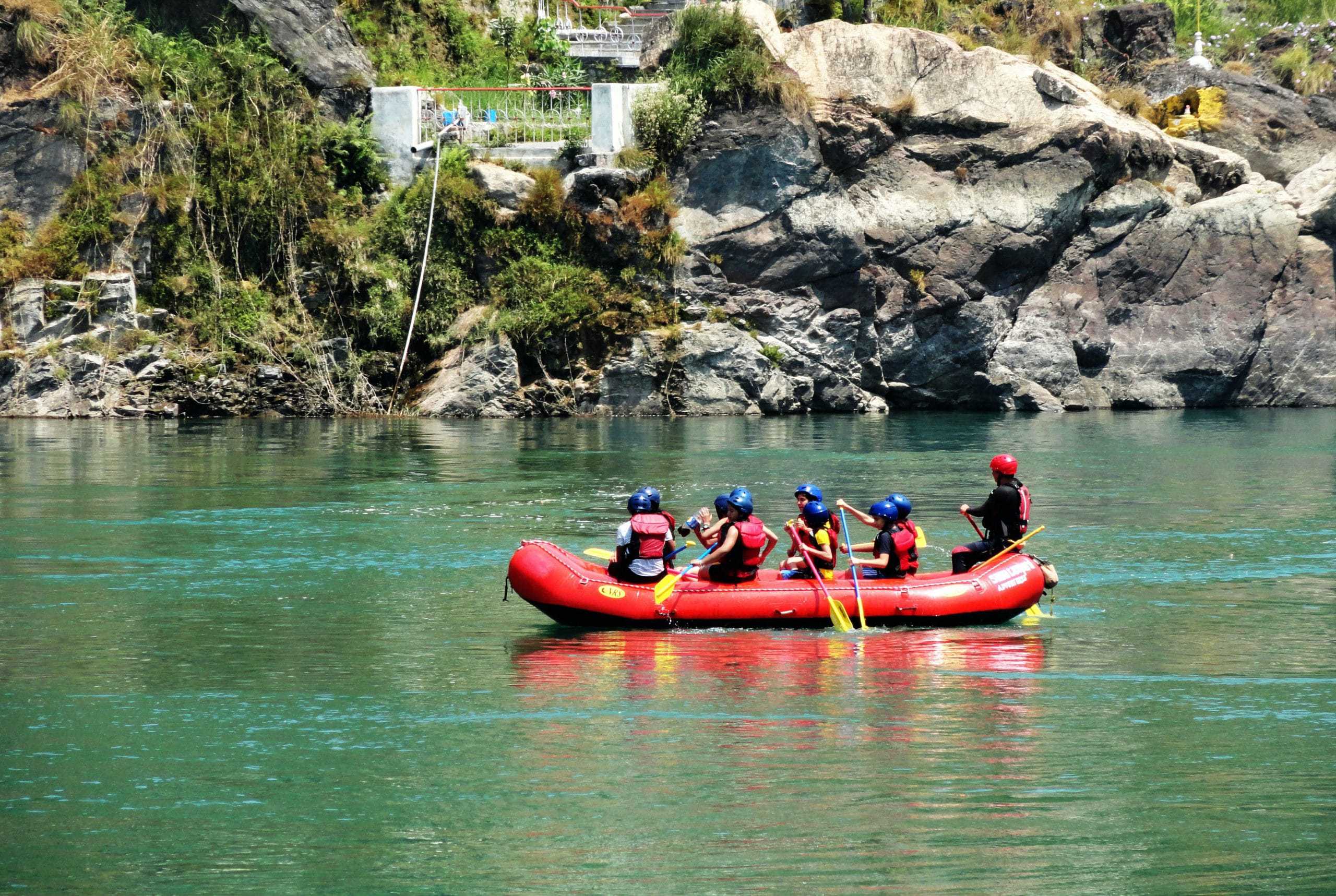
Class II
For this, it will be good to have been paddling before. There will be waves and obstacles, but they’ll be small and you won’t struggle to keep your boat steady over the waves or keep away from the obstacles.
You won’t need to ‘scout’ or plan a way through the rapids: it’ll be obvious from the boat where you need to go and how to stay safe.
You might need to turn, so make sure you’re clear on how to do this, and if you’re in a boat with another person discuss with them how together you will navigate down the river.
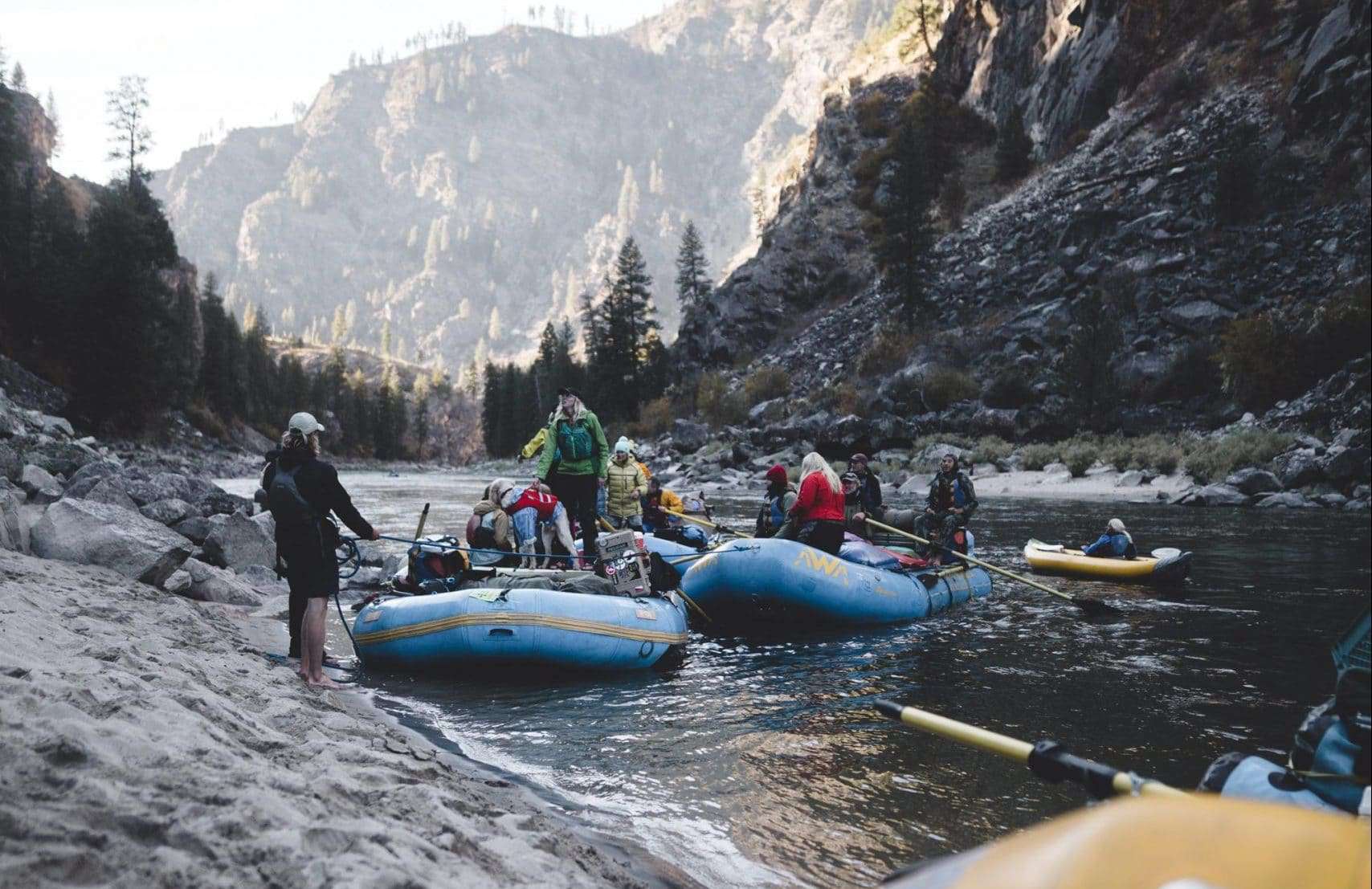
Class III
This is where the rapids start to look noticeably choppy. There’s likely to be high, irregular waves so you’ll almost certainly get wet, and you’ll need to know how to keep your boat balanced so you don’t capsize.
Steering should be second nature to you and if you’re with another person you should be working closely together to navigate your way through the rapids.
There may be tighter or narrower parts where you need to keep the boat straight and make sure that you don’t get caught.
You may also come to small drops, so you’ll need to know how to handle these before you go out. We would recommend having paddling experience on both still water and rapids before you attempt a Class III.
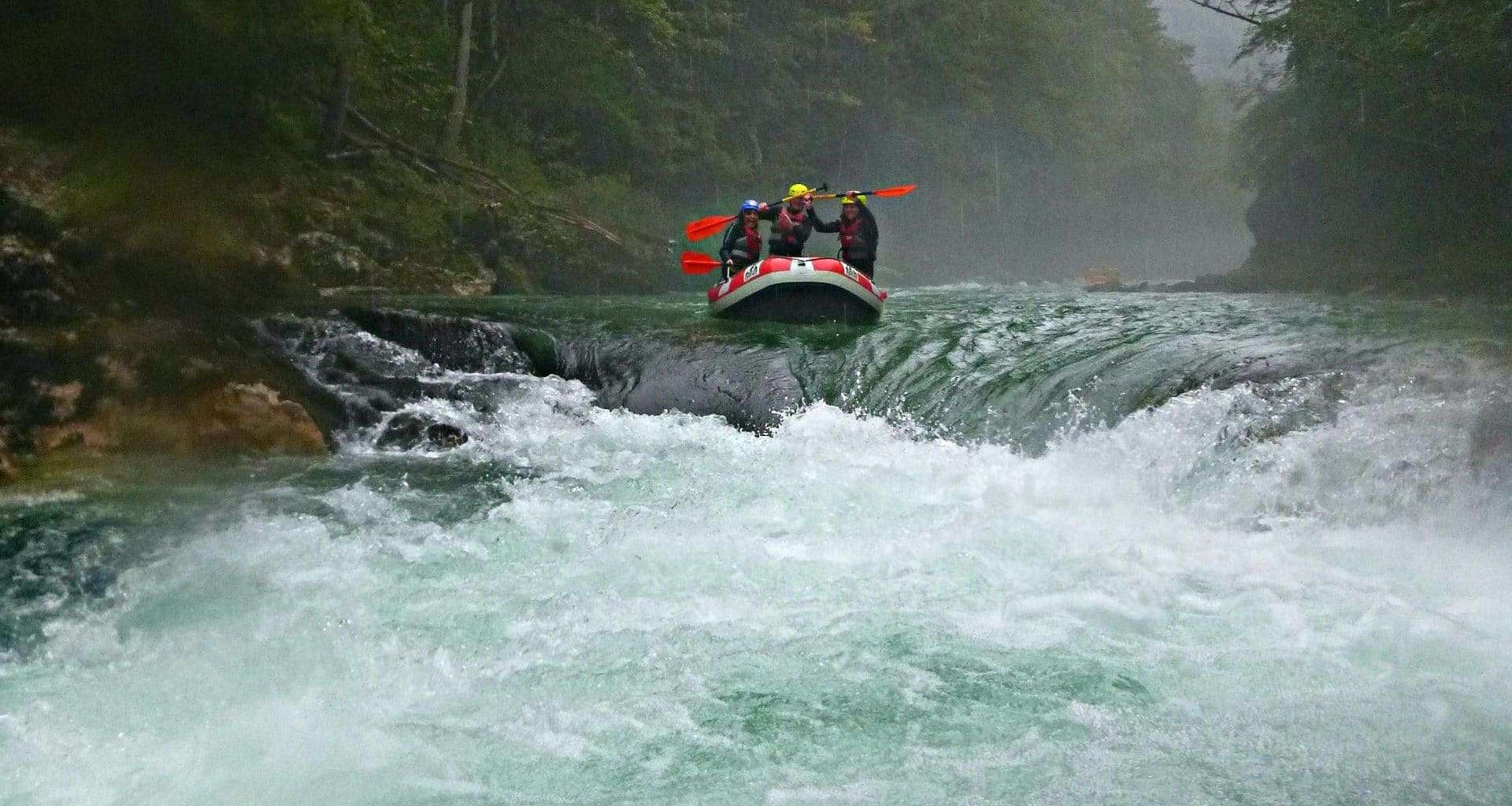
Class IV
These rapids are pretty serious. You’ll definitely need previous experience before attempting Class IVs, and you should prepare for some hard work and getting soaked.
They’re often longer than previous classes so they’ll test your endurance and stamina as well as your skills.
You’ll need to scout out your course and make sure that you’re taking the best possible route, so it’s a good idea to have someone who knows the area with you as there may be hidden traps.
You should also be able to turn hard without much warning and be able to keep your balance. As with Class IIIs, there might be a small drop.
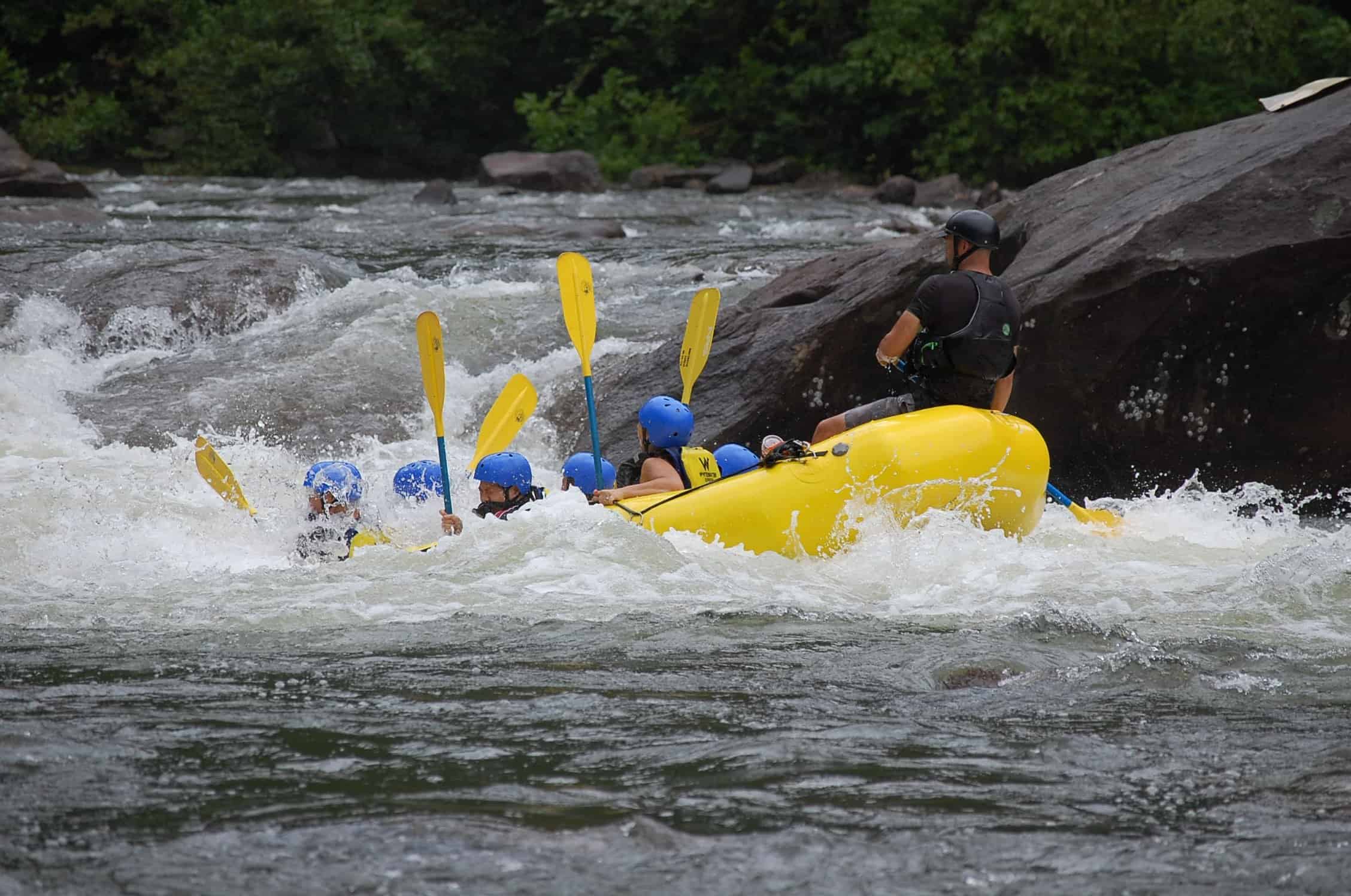
Class V
This is, for almost all paddlers, the final class of rapids. There is a risk that you could die or seriously injure yourself, and rescuing anyone on a Class V rapid is difficult and dangerous.
Nevertheless, you should still make sure that there are lifeguards/coastguards aware of your plans and where you are, and make sure you have all the correct safety equipment including PFDs and helmets.
Commercial boats should be able to work in these conditions but make sure you check them carefully before departing.
There will be severe currents, fast running water, drops, and obstacles. There may be parts of the rapids where the water goes very narrow. You should be extremely competent at turning, balancing, and swimming.
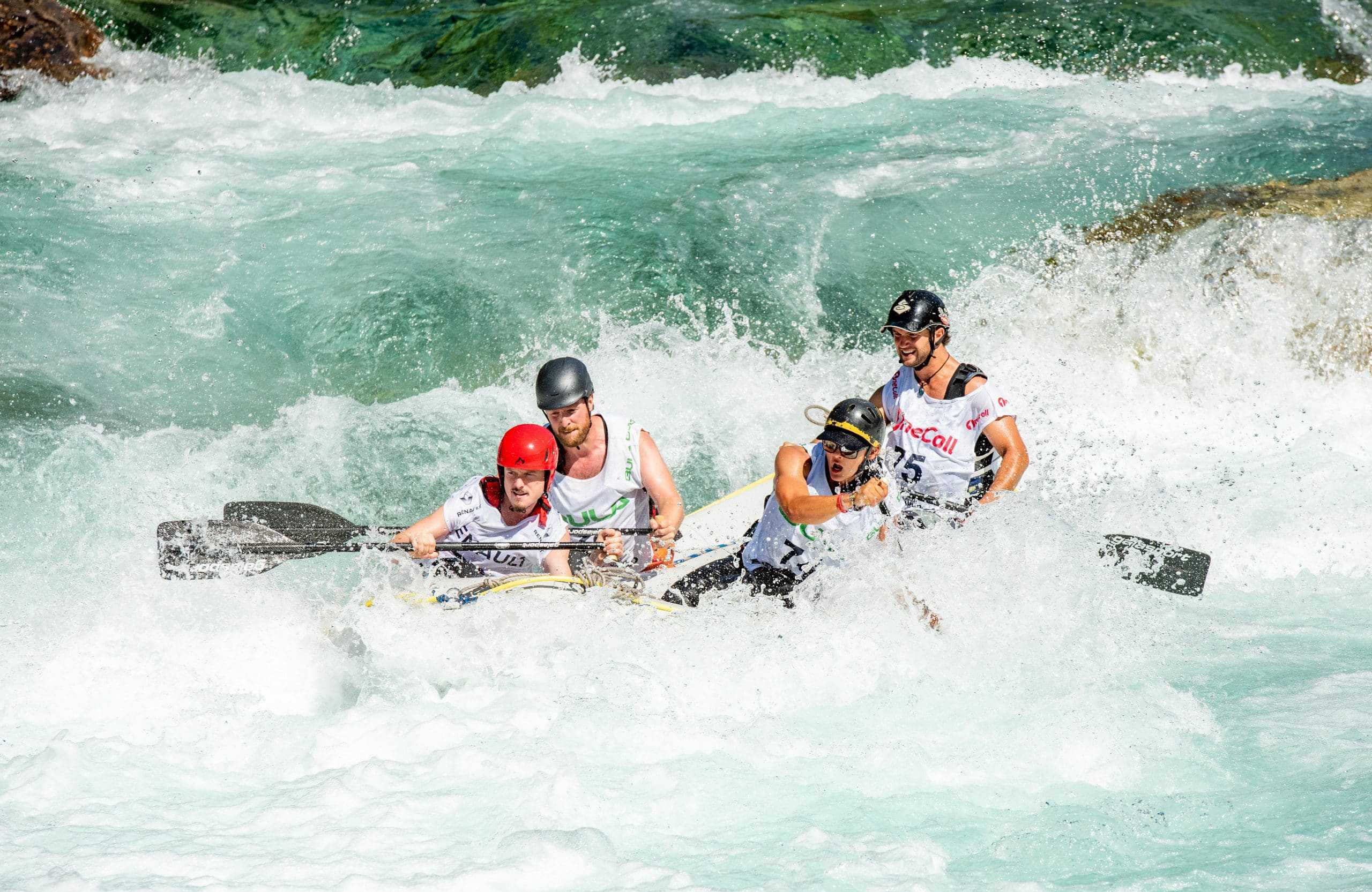
Class VI
This type of rapid does, technically, exist. It’s extremely dangerous and even experienced paddlers are likely to avoid these because of the risk to life. If you’re determined to try, you’ll need a specialist raft and a lot of additional training.
You’ll also need to do a lot of scouting out routes and checking weather conditions for days in advance as rain may make the currents faster and the water deeper- but if it’s been dry and the water is lower you’re more likely to get caught on rocks or other partially-submerged obstacles.
There will be a large amount of white water, large waves and bigger rocks, and other hazards. There’s also likely to be a drop which could damage you or your equipment. We would recommend avoiding these rapids because of the risks.
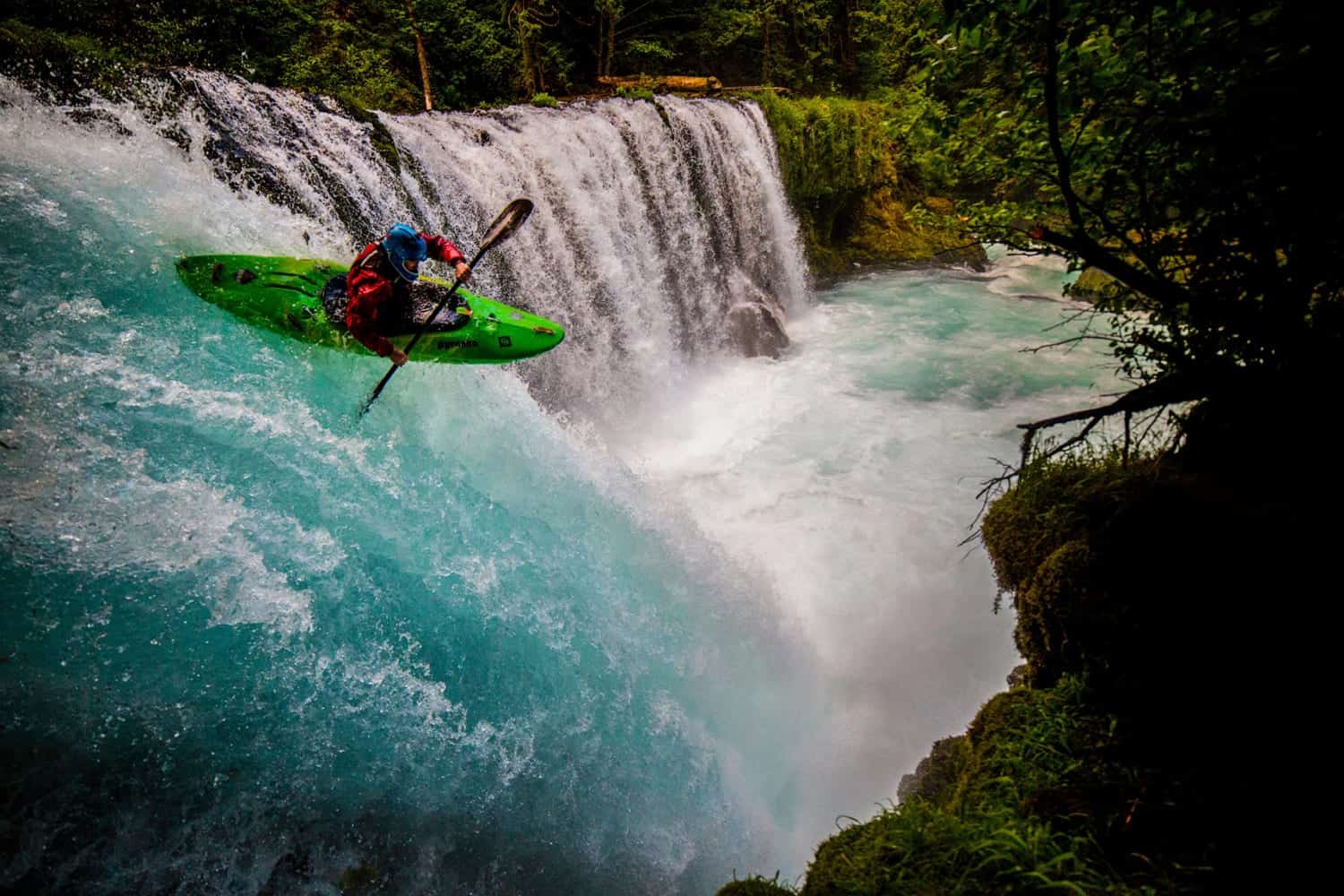
Whitewater Classification System – Conclusion
We hope this is helpful! Rapids are exhilarating and a lot of fun, and we think every paddler should attempt some when they have the opportunity.
If you’re lucky enough to live near rapids they can be a great day trip, or a fun day out when you’re on holiday if you reside in a drier area.
There’s likely to be different water sports centers near whitewater rapids so you can paddle with an instructor if it’s your first time and they can give you all the information you’ll need to stay safe.
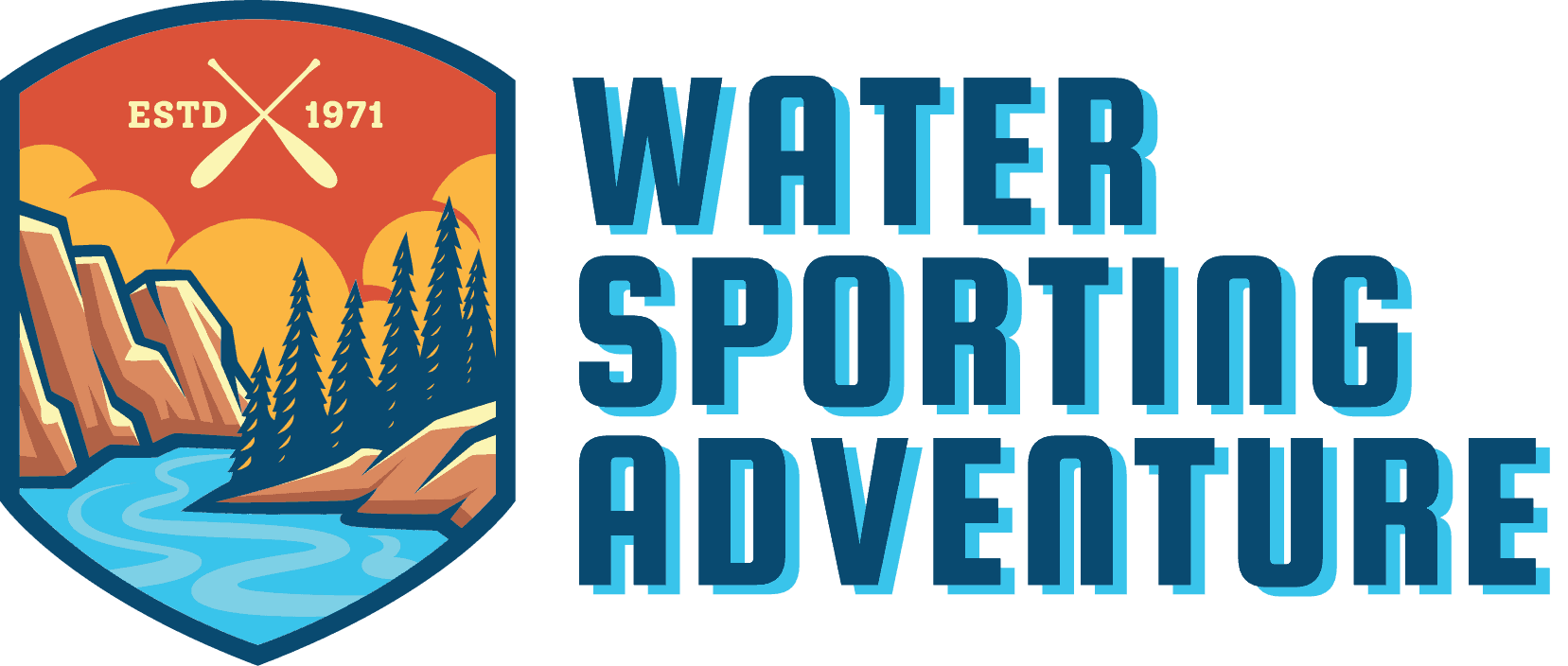
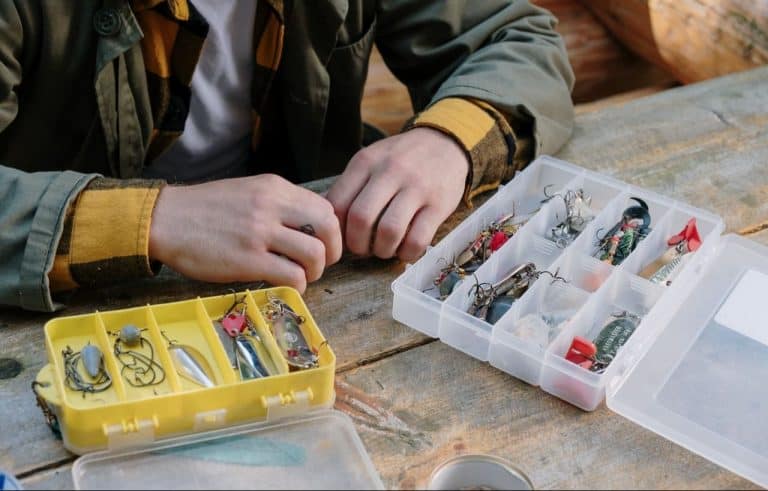
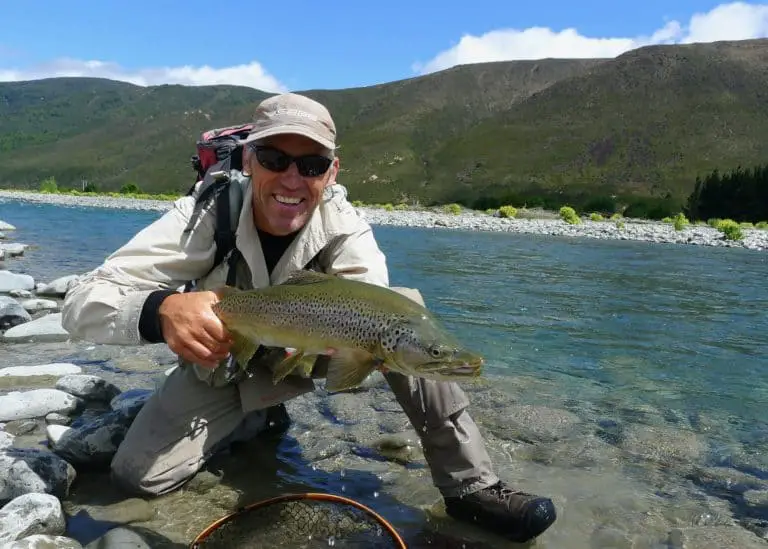
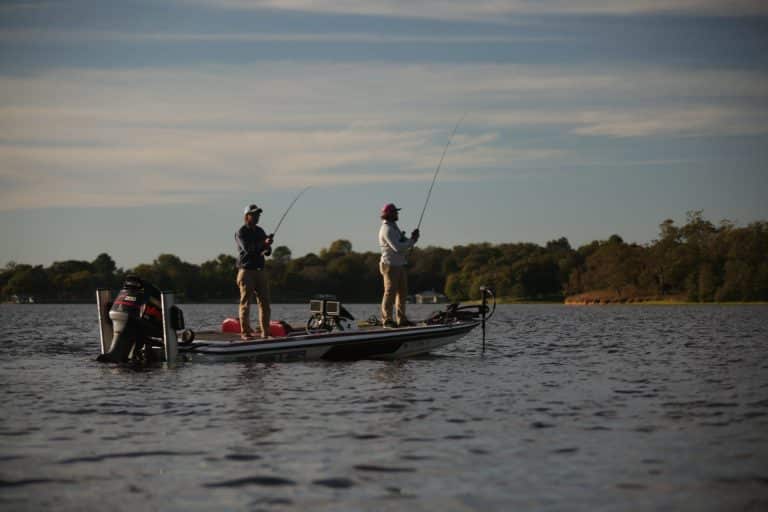
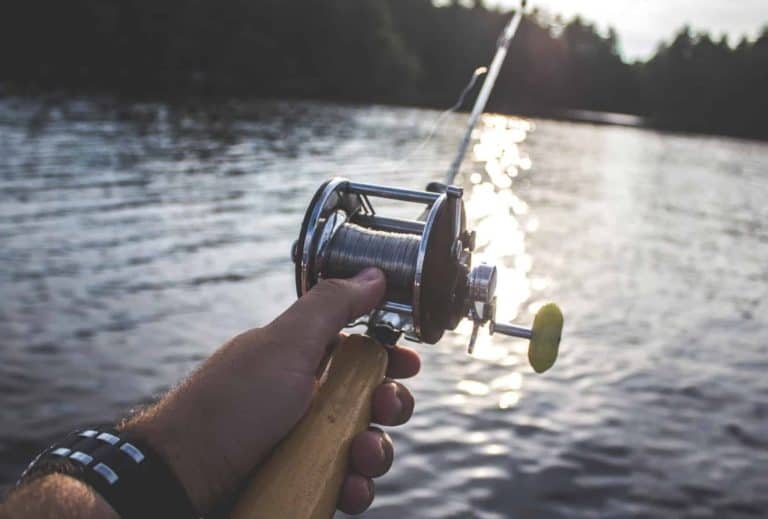
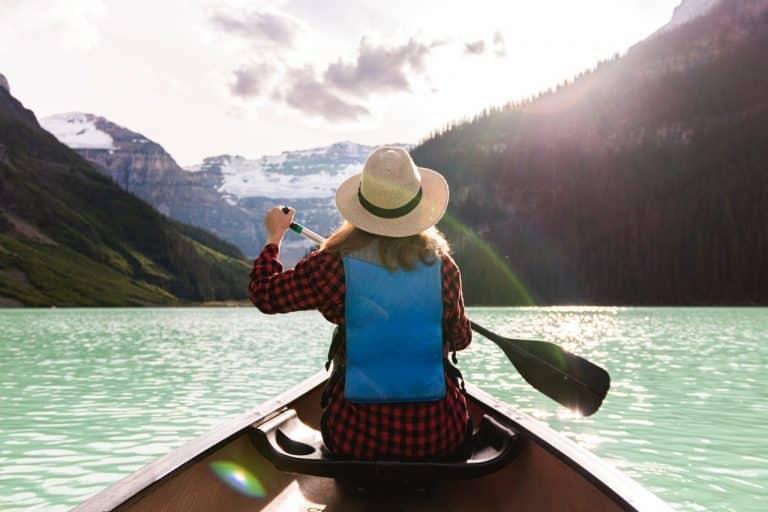
![Intex Explorer K2 Kayak Review [Pros & Cons]](https://watersportingadventure.com/wp-content/uploads/2020/11/Screenshot-2020-11-05-at-12.46.42-768x518.png)